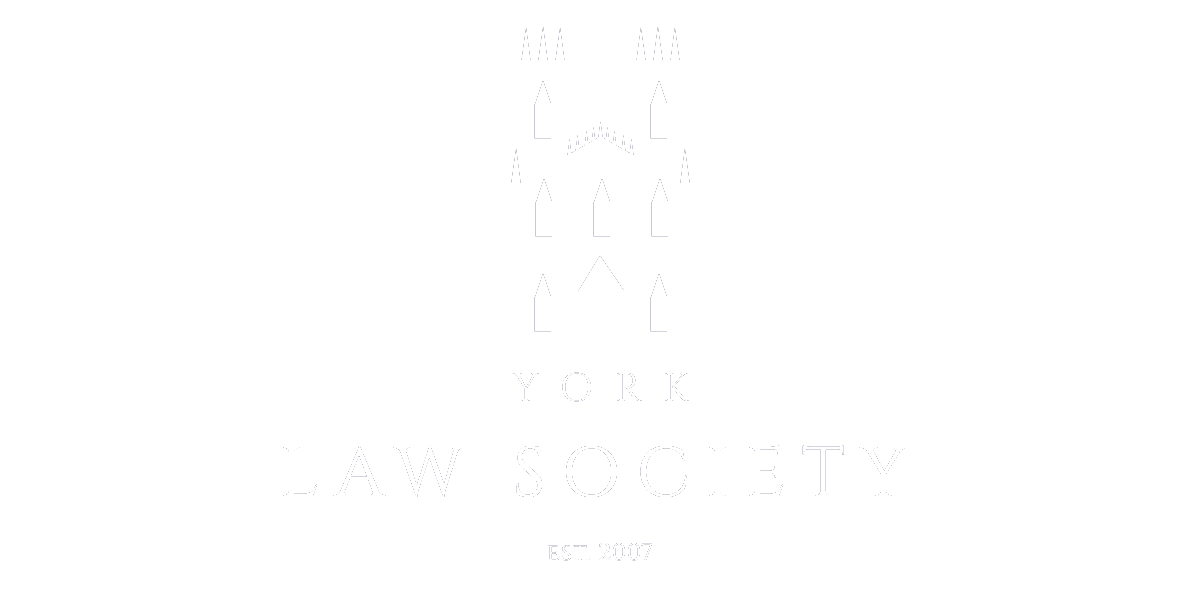Belarusian Protests: How to Make Peaceful Demonstrations Illegal
Alexander Lukashenko, whose legitimacy has been recently questioned by world leaders, has retained his decades-long position as the leader of Belarus [1], allegedly winning 80% of the votes [2]. On the night after the election, internet access was blocked [3]; people flowed into the streets in disagreement, which resulted in brutal clashes with the police [4]. As a result, thousands of people are now chanting ‘go away’ and ‘Lukashenko in a paddy wagon’ during thematic Sunday marches [5]. The protestors seem to be on the right track as Lukashenko has already visited political prisoners to discuss constitutional reform [6] and released the most harmless to the regime under the condition of house arrest [7]. The state is still violently suppressing the basic rights of Belarusian people [8], but to spend 15 days in prison no longer carries shame for Belarusians.
The concern here is that two ‘legal’ means are used to justify the intimidation and marginalisation of protestors. The most common way is to characterise demonstrations as unauthorised public assembly [9]. Belarus has freedom of expression and the right to demonstrate it, and this is enshrined in its Constitution [10]. However, such freedoms are not permitted in practice because the approval to protest is controlled by the state [11]. No one within the government would permit the organisation of ‘Partisans March’ against falsified elections as it would undermine their position; visual stability is a priority for the government, which contradicts disagreements demonstrated on the streets. Consequently, protestors are being detained for participating in ‘dangerous and illegal activity’ and shouting ‘provocative slogans’.
Demonstrating the right to protest can now amount to the criminal offence of causing harm to the country's security [12]. The latest person to be convicted of this offence at the time of writing was Svetlana Tikhanovskaya [13], the internationally recognised representative of the Belarusian people [14]. The most shocking aspect of the offence is that legal professionals do not know how to apply the law correctly or what defence might be available to those accused of it. For instance, Maksim Znak, a lawyer and a Presidium member of the Coordination Council, has been charged with this offence merely for explaining Belarusian legal proceedings. Human Rights Center ‘Viasna’ claimed that the public explanation of people’s rights cannot harm national security, but the request to release Znak was rejected [15]. This situation seems to hold no logic, but Belarusian authorities do not follow sensible democratic principles to regulate political crises.
It is important to remember that it was the Belarusian people who gave sweeping powers to Lukashenko in a referendum 24 years ago [16]. However, the protests in Belarus show that the desire to take back these powers might still be brutally repressed. It also highlights that when stability is feigned by a forceful ‘leader’ it is no longer a panacea but stagnation that leads to mass rejection of the established system.
2020/2779(RSP) European Parliament Resolution on the Situation in Belarus, RC-B9-0271/2020 Joint Motion For a Resolution, s 1.
Narodny Opros (National Poll), ‘Results of the Narodny Opros (National Poll) on Pre-Election Ratings of 2020 Belarus Presidential Candidates’ (Narodny Opros, 13 September 2020) <https://drive.google.com/file/d/1DuAlRGe7B0JGEcB0dKr2YSj-t5XMqIA6/view> accessed 13 September 2020.
BelTA News Agency, ‘Belarus Presidential Election Results Finalized’ (Belarus BY, 14 August 2020) <https://www.belarus.by/en/press-center/belarus-presidential-election-news/belarus-presidential-election-results-finalized_i_117525.html> accessed 21 October 2020.
Tanya Lokshina, ‘Internet Disruption in Belarus’ (Human Rights Watch, 11 August 2020) <https://www.hrw.org/news/2020/08/11/internet-disruption-belarus> accessed 20 October 2020.
Meduza, ‘Scenes from Sunday Night’s Post-Election Crackdown in Minsk, Belarus’ (Meduza, 10 August 2020) <https://meduza.io/en/feature/2020/08/10/scenes-from-last-night-s-post-election-crackdown-in-minsk-belarus> accessed 11 August 2020.
Luke Harding, ‘Belarus Protests Show No Sign of Fading as 100,000 Turn Out in Minsk’ (The Guardian, London, 6 September 2020 <https://www.theguardian.com/world/2020/sep/06/belarus-protests-100000-turn-out-in-minsk-alexander-lukashenko> accessed 7 September 2020.
BBC, ‘Belarus Protests: Lukashenko Holds Meeting with Opponents in Jail’ (BBC, 10 October 2020) <https://www.bbc.co.uk/news/world-europe-54496233> accessed 10 October 2020.
James Shotter and Max Seddon, ‘Alexander Lukashenko Changes Tack in Belarus Stand-off’ (Financial Times, London, 14 October 2020) <https://www.ft.com/content/938296e5-4cb3-4cda-bac2-ac6d4173ee65> accessed 22 October 2020.
Radio Liberty, ‘Belarusian Protesters Brave Live Ammunition Threat’ (Radio Free Europe/Radio Liberty, 18 October 2020) <https://www.rferl.org/a/belarusian-protesters-brave-live-ammunition-threat-/30899857.html> accessed 22 October 2020.
Code of Administrative Offenses of the Republic of Belarus 2003 (BLR), Art 23.34.
Constitution of the Republic Of Belarus 1994 (BLR), Arts 33, 35.
Act of the Republic of Belarus on December 30, 1997 No 114-Z ‘On Public Assemblies’ (BLR), Art 5.
Criminal Code of the Republic of Belarus 1999 (BLR), Art 361.
TASS, ‘Svetlana Tikhanovskaya Wanted for Calls to Harm Belarusian National Security’ (TASS, 16 October 2020) <https://tass.com/world/1212971> accessed 18 October 2020.
Resolution on Belarus (n 1), s 8.
Human Rights Center ‘Viasna’, ‘Kalesnikava, Znak and Salei Are New Political Prisoners’ (Human Rights Center ‘Viasna’, 10 October 2020) <http://spring96.org/en/news/99460> accessed 21 October 2020.
Michael Gordon, ‘President of Belarus Wins Referendum on Expanding His Power’ (The New York Times, 26 November 1996) 9.
